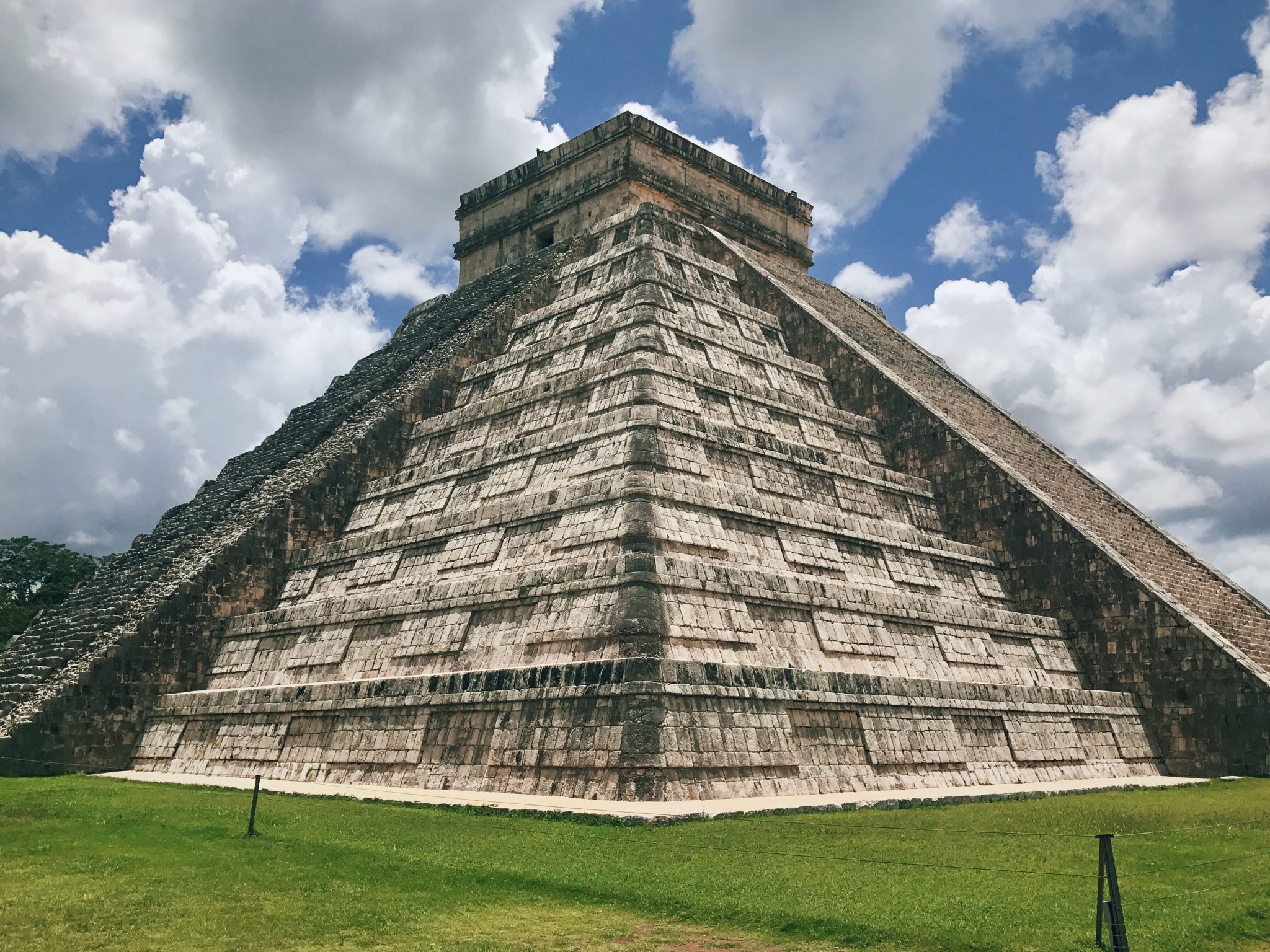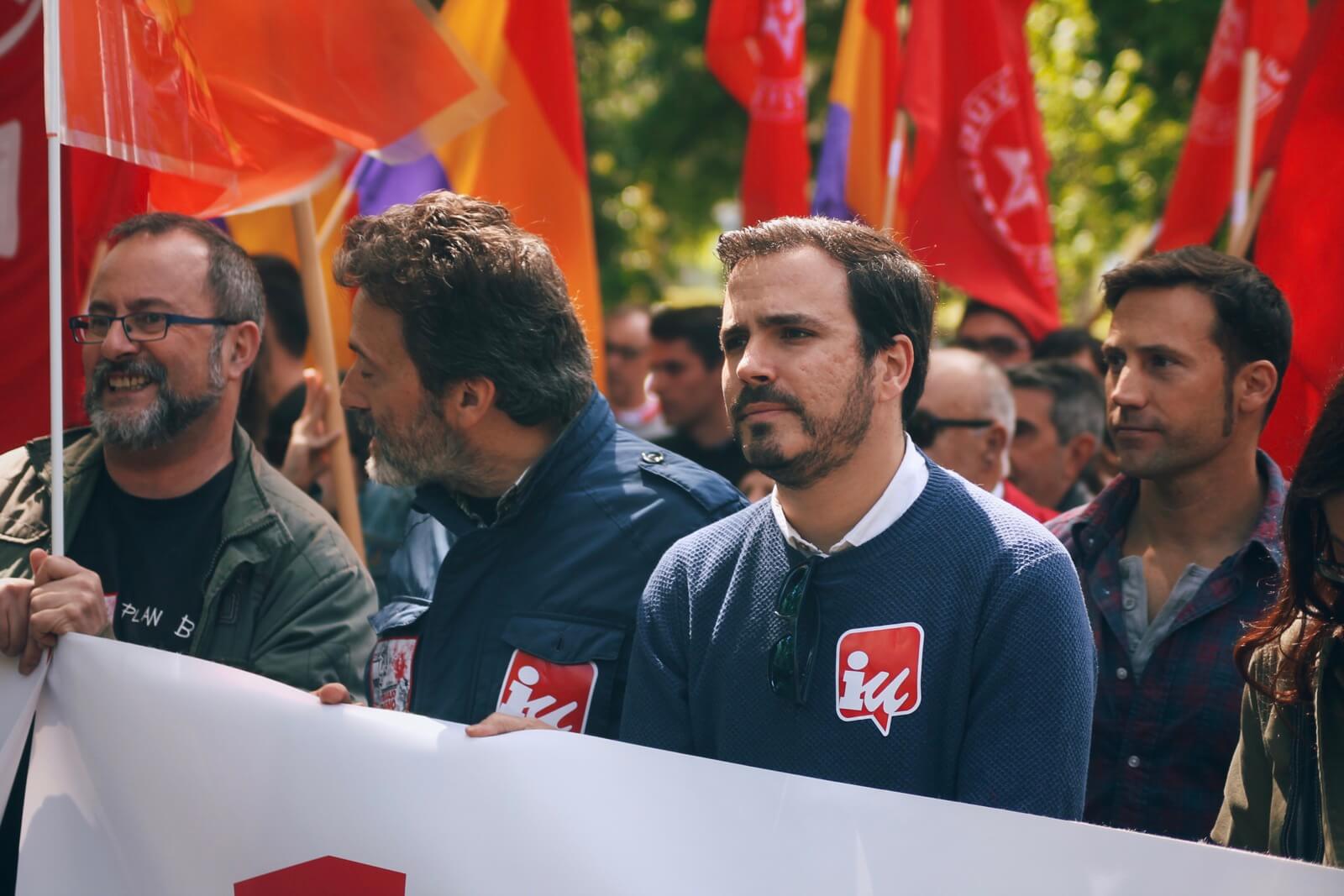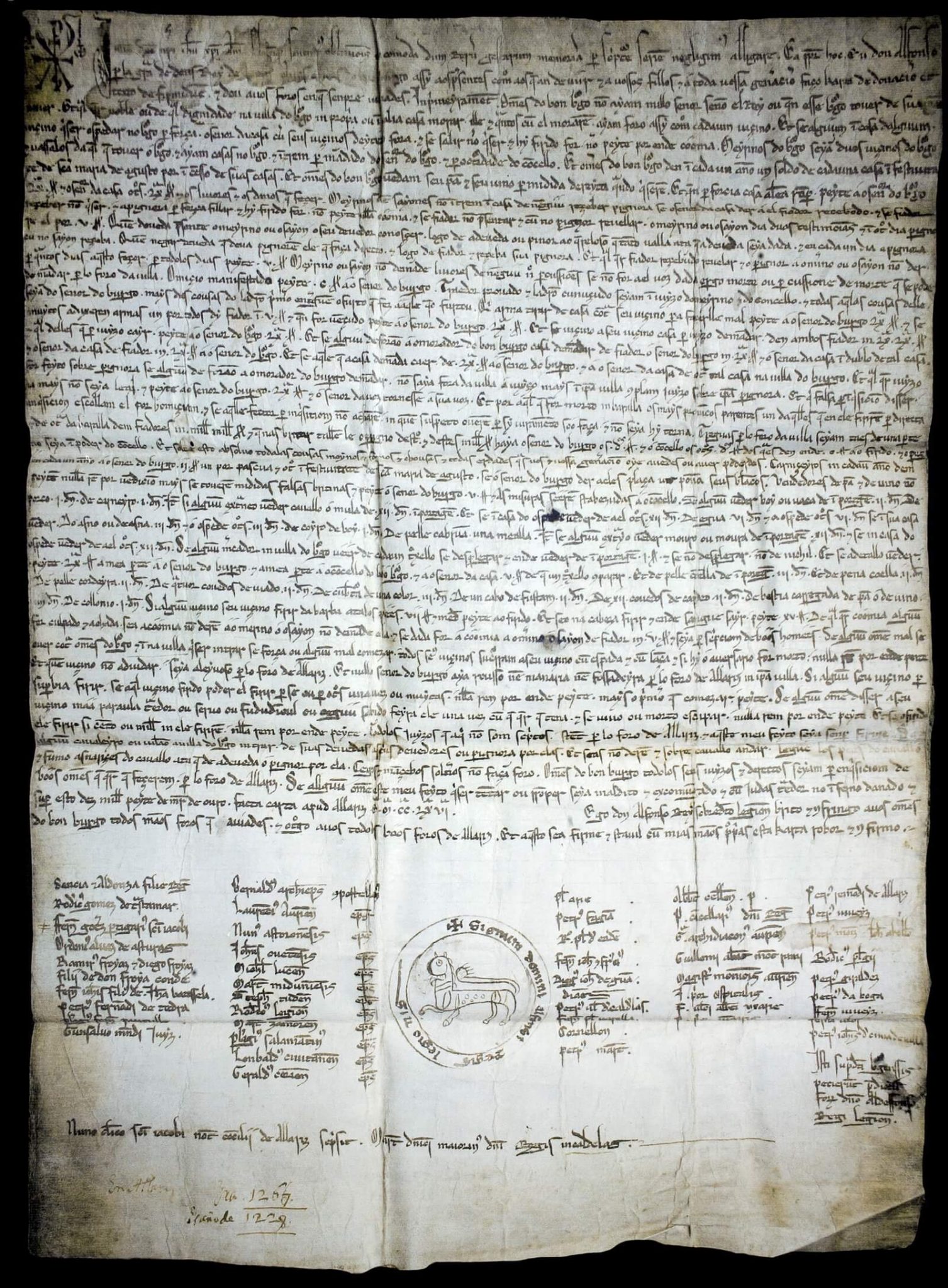
I haven’t felt ‘in the spirit’ during the holidays for a long time. Between Thanksgiving and New Years is usually the time for coming home to visit and get together with family. I’ve been away or unable to come back to California. I spent my winter vacations in Muslim-majority countries like Guinea, Morocco, and Turkey, or on the road in hostels in Sierra Leone or Colombia. Combined with my more recent uneasiness of the excessive consumption habits and waste between Black Friday and New Years and no real commitment to the Christian component of the holiday, you probably don’t want me anywhere near your holiday party.
We do our own thing wherever we are. And recently that has turned into hiking on the holidays.
When Patricia and I were in the States for the summer, I used a hiking app called AllTrails to find great loop routes that were suitable for dogs and a manageable length. But In Europe, there were fewer routes in AllTrails’ database. So I was happy to find Wikiloc, a similar community-added route database and phone app. It’s also made in Girona, Spain! Apps like this allow you to search for and record your movement to upload them for others, adding waypoints, photos, descriptions, and data (elevation change, distance, etc.).
Patricia has been taking a basketweaving course from the Escola de Cestería in Santa Mariña de Augas Santas, a village of around 50 people to the north of Allariz with an immense church. She told me how beautiful the village was, so we looked up a hike that started there on Wikiloc and took off.
So many things about Galicia impress me. But the opportunity to easily encounter so much history in nature always leaves me dumbfounded. Spain is a living museum. And the national, regional, and municipal governments of the country, as well as private foundations and local initiatives, preserve their historical and cultural heritages. In the short hike, we encountered the unfinished Basilica da Asunción built above a crypt named Os Fornos.

It is here that the cult of Santa Mariña de Augas Santas started, a Roman teenager martyred for her belief in Christianity. From what I can understand, Santa Mariña caught the attention of the Roman prefect Olibrio, who fell in love with her, and punished her severely for his unrequited affections. She was miraculously healed from her injuries during her torture. Then, they tried to burn her alive down in the crypt of Os Fornos before San Pedro rescued her.
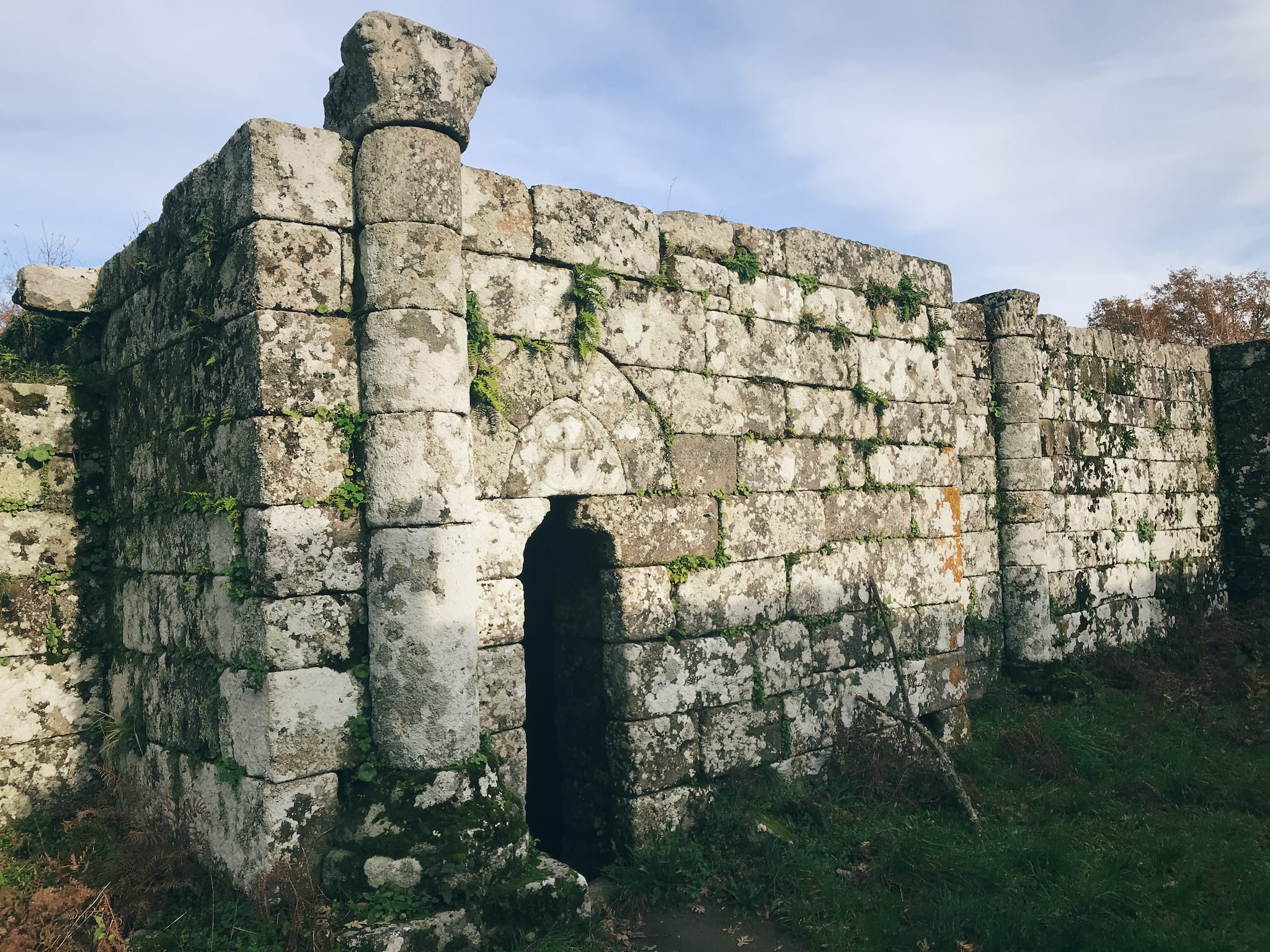
A short distance away from the Basilica and Os Fornos, we found a tree surrounded by a small stone wall and a pool of water. This is the tree under which Santa Mariña was beheaded and martyred for her Christian faith. Supposedly a spring of water welled up from the earth where her head hit the ground.
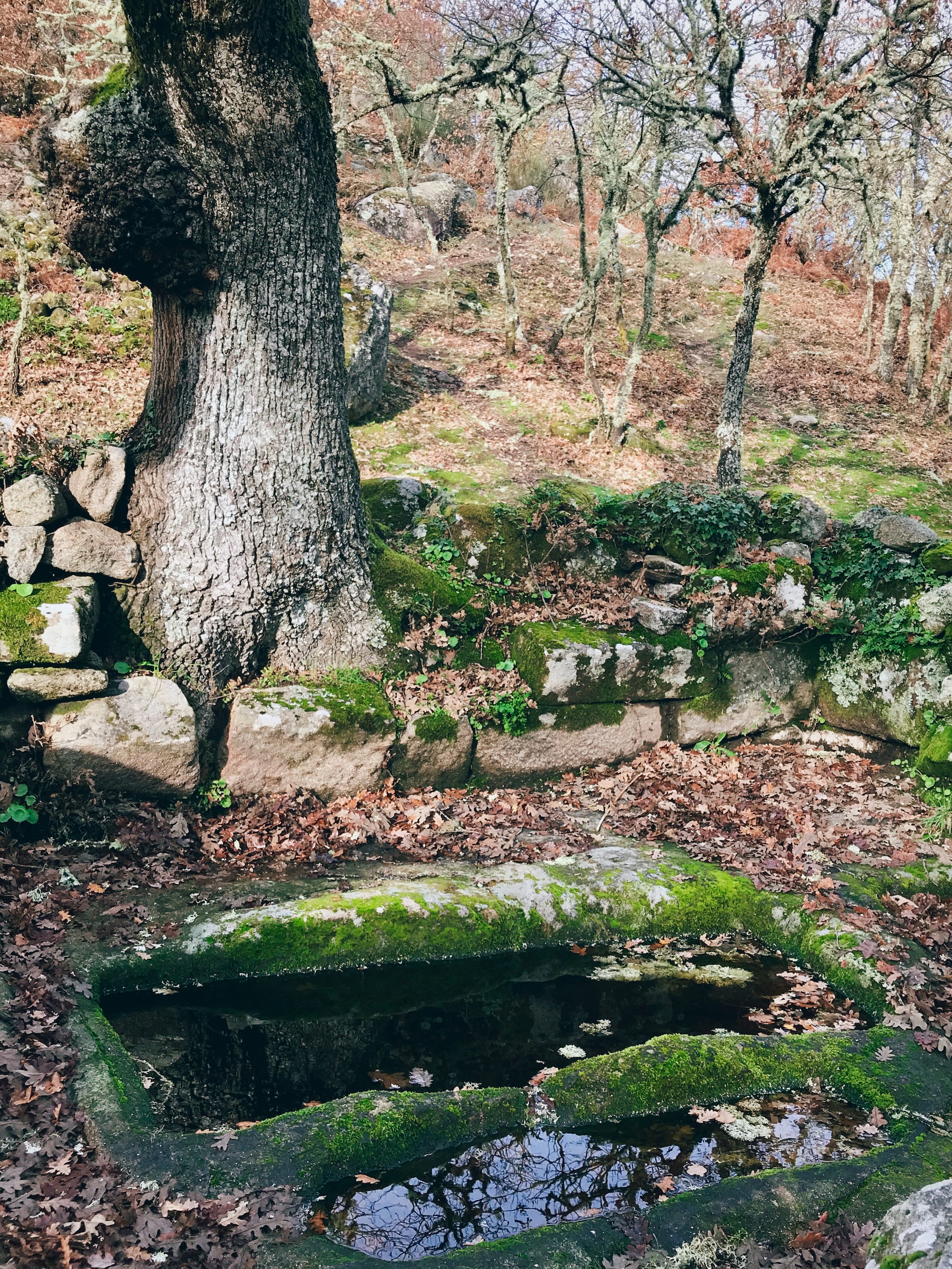
We continued the trail and looped around a bit to the small hamlet of Armeá, where a local man discovered an “enigmatic” archaeological site. Specialists hypothesize it would’ve been a big lodging for people in the first century arriving from the south of Roman Gallaecia.

Christmas Day: O San Salvador and Roimelo
On Christmas Day, we didn’t plan any hike. But a short walk up the monte to stretch our legs turned into a trip to O San Salvador, a small village up the road. The village is nestled in a small, rocky valley. Like many depopulated places, it has a church that seems enormous relative to its current population. We didn’t meet anyone who lived there, and being Christmas Day, we didn’t want to bother anyone either. I checked the census data when we returned home and in 2017, there were three inhabitants.
A few meters from the village is a path heading to a castelo. Arriving at the top of the hill, we saw some ruins but left quickly as we heard the holiday-enjoying hunters and dogs close, which usually makes us nervous with the dog.
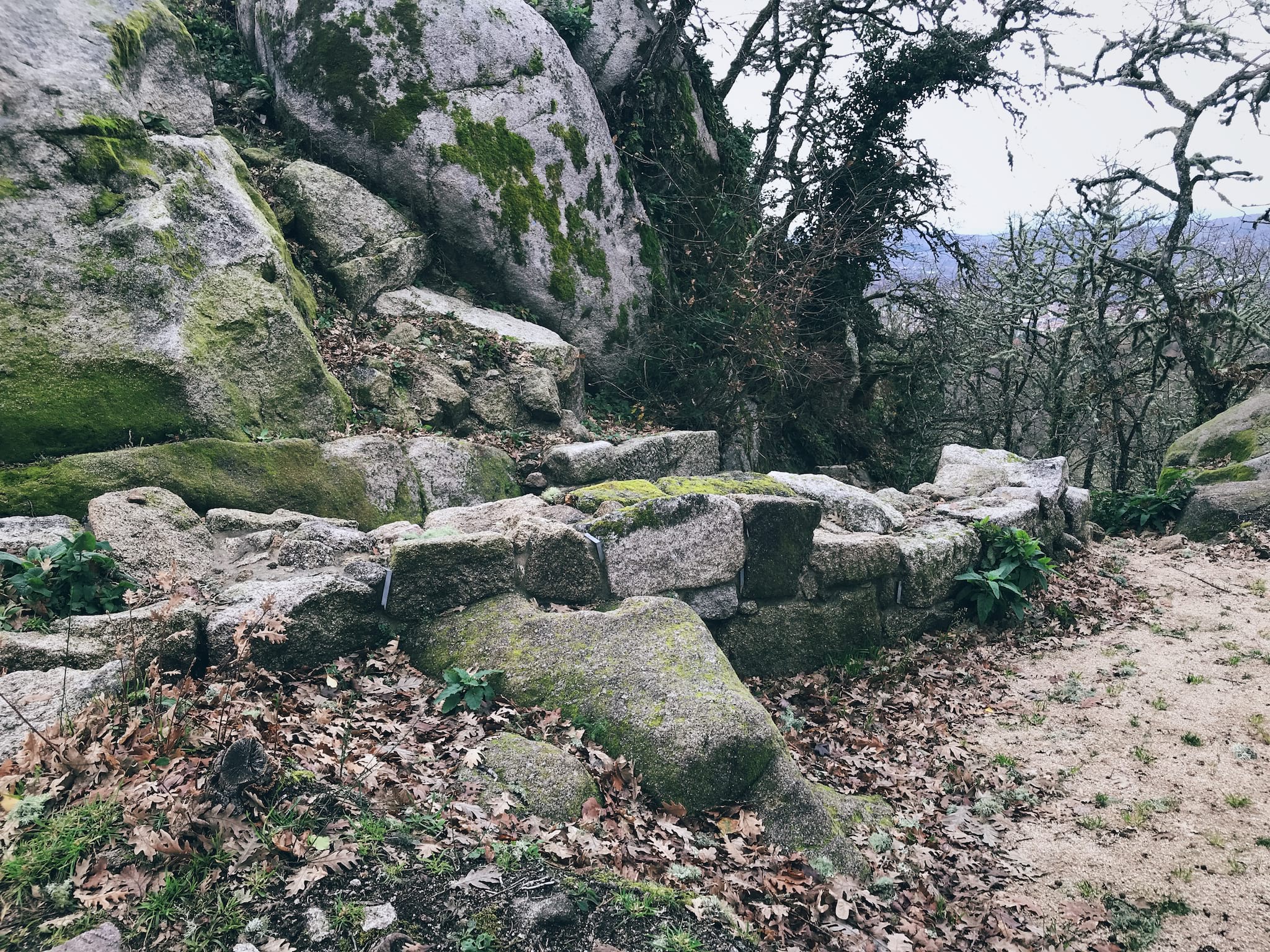
After we arrived back home, we bought a YogurtNest, a yogurt maker and slow cooker that doesn’t require any electricity, as our gift to each other and the house.
Note: The Concello de Allariz (town hall) has a tourism page about both Santa Mariña de Augas Santas and surrounding sights and O San Salvador.
